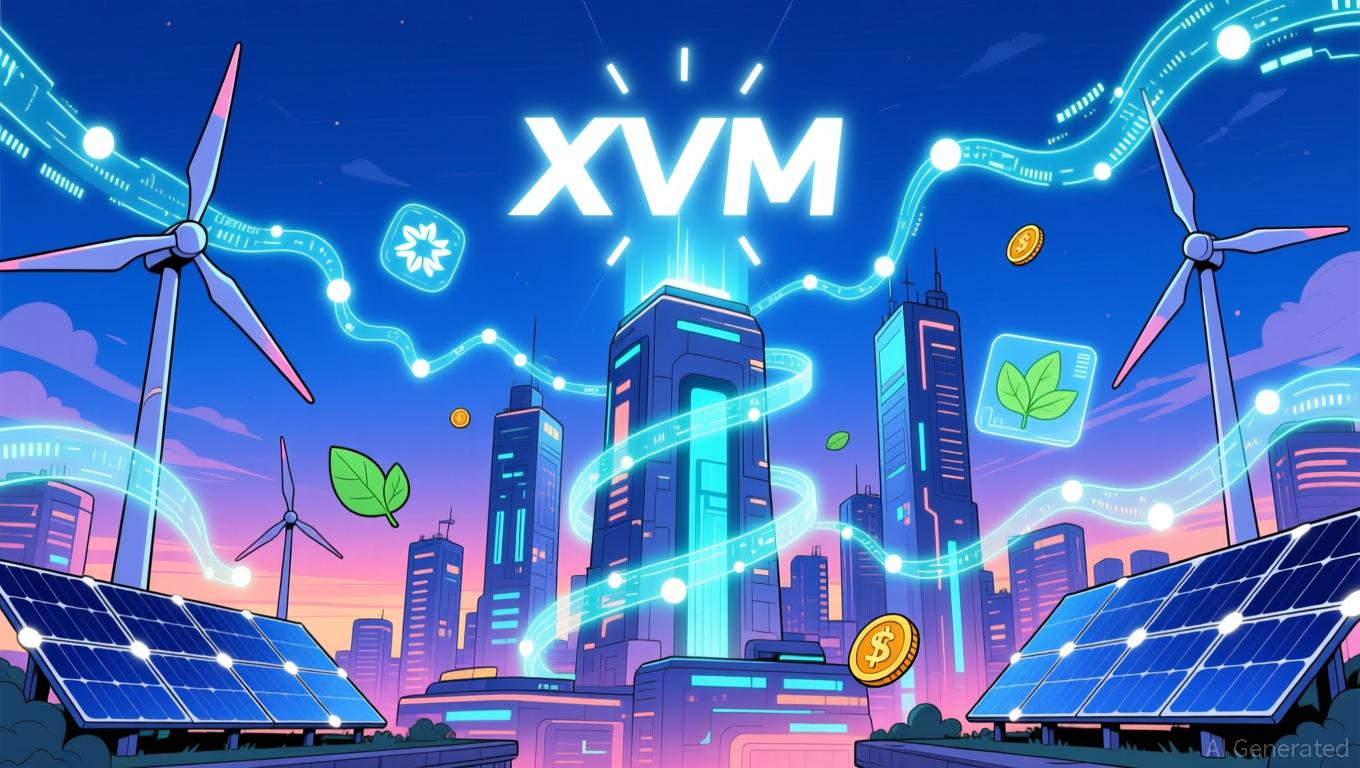DeFi Embraces Buyback Strategies from Traditional Finance to Enhance Stability
- Ether.fi's ETHFI community proposes $50M token buyback to stabilize price below $3 and boost liquidity. - Program scales dynamically with protocol revenue, reducing circulating supply to strengthen supply-demand balance. - Aligns with traditional/cryptocurrency trends (e.g., BASF, Metaplanet) using buybacks to attract institutional investors. - Success depends on sustained revenue, transparent execution, and avoiding market manipulation perceptions.
The Ether.fi (ETHFI) community has put forward a $50 million token repurchase plan intended to support the market and boost liquidity for its native asset. Announced on October 28, 2025, the proposal would trigger buybacks whenever ETHFI’s price falls below $3, utilizing protocol resources to acquire tokens and decrease the circulating supply, as detailed in the
The

This method signals a shift toward more active governance in decentralized finance (DeFi). Unlike conventional corporate buybacks, which typically need shareholder approval, the ETHFI plan relies on decisions made by the community. The Ether.fi group has emphasized advantages such as improved liquidity, decreased volatility, and the preservation of long-term value. By showing a commitment to market steadiness, the proposal could appeal to institutional investors who value reliable token economics, as outlined in the proposal.
Nevertheless, the outcome of the program will depend on several elements. Sustained revenue is essential to fund ongoing buybacks as market conditions change. Transparent execution will also be crucial to avoid suspicions of market manipulation. Some critics warn that overly aggressive buybacks, if not carefully timed, could disrupt market behavior or make the protocol overly reliant on its own funds instead of organic demand, a point raised in the proposal. Furthermore, the inherent volatility of the crypto market means that even a $3 price floor could be tested during significant downturns.
The ETHFI initiative is part of a broader trend of buyback announcements across various asset types. In traditional markets, BASF SE’s €1.5 billion buyback and Kaldalón hf.’s Icelandic equity repurchases highlight the popularity of share buybacks for enhancing shareholder value. At the same time, Metaplanet Inc.’s $500 million Bitcoin-backed buyback demonstrates how crypto-focused companies are experimenting with hybrid financial tools to stabilize token prices. These cases underscore the significance of the ETHFI proposal in a market where stability is increasingly viewed as a strategic edge.
As the plan advances toward execution, Ether.fi’s governance will be instrumental. The community must carefully balance ambition with prudence to ensure the buyback serves as a lasting solution rather than a temporary fix. If managed well, the program could establish ETHFI as a benchmark for DeFi projects aiming to maintain token stability while supporting sustainable ecosystem development.
Disclaimer: The content of this article solely reflects the author's opinion and does not represent the platform in any capacity. This article is not intended to serve as a reference for making investment decisions.
You may also like
What’s the Latest Outlook for XRP? Here Are the Critical Levels That Must Be Protected and Overcome
Stellar News Update: MoonBull Rockets 7,244% in Presale While XLM's Eco-Friendly Partnerships Showcase Contrasting Crypto Trends
- MoonBull's presale surpassed $600,000 with 7,244% returns in Stage 6, offering 95% APY staking and liquidity safeguards. - Stellar (XLM) rose 11% as partnerships with energy firms and $0.297 resistance level suggest potential $0.321 rally. - XLM's energy tokenization project in Spain aligns with $145B Energy-as-a-Service growth, supported by whale activity and 1.30 long-to-short ratio. - MoonBull prioritizes speculative presale mechanics while XLM focuses on institutional green finance and cross-border p

NEAR Faces a Pivotal Moment: Can the $3.00 Mark Confirm a Bullish Trend or Spark a Bearish Reversal?
- NEAR Protocol (NEAR) trades near $1.90 in a key accumulation zone, with analysts eyeing a potential $3.40+ breakout mirroring past rallies. - Technical models project $4.38 by 2025 and $20.88 by 2031, contingent on sustained support and ecosystem growth through partnerships. - Mixed market sentiment balances bullish on-chain activity against bearish indicators, with energy market shifts indirectly influencing crypto conditions. - A $3.00 break confirms bullish momentum, while failure to hold $1.90 risks
